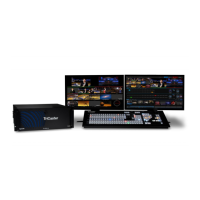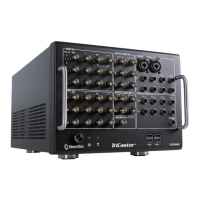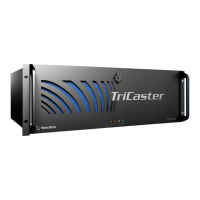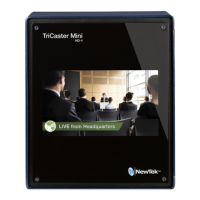Page | 231
Second, the distance from your talent to the screen behind can make a profound
difference in key quality. When the subject stands too close to the key colored
background, the key color reflects back onto the subject, creating a green or blue
fringe that is difficult to remove. If you have available space, move your subject
farther away from the wall.
When good distance is out of the question, you can improve things somewhat by
placing lights above and behind the talent, lighting them from behind with a
complimentary color filter over the light to ‘cancel out’ unwanted reflection (for green
use a magenta filter; for blue, orange or amber.
Don’t overdo back (or top) lighting, however. The limited dynamic range of the
camera means there will be little useful color data in badly over-exposed highlights.
This can make it next to impossible to separate fringe zones (such as hair detail) from
the background (especially when this is also overexposed).
13.6.2 CONNECTION CONSIDERATIONS
As mentioned above, washed-out areas in the video signal lack sufficient color
information to provide good separation. For similar reasons, it’s worth considering
the color characteristics different types of video signals.
SDI connections are ideal, if you can use them. Otherwise, in the analog video
realm you will encounter three main types of camera connections. We
present them here in ascending order according to the quality of video signal
they provide (and as things go, in the reverse order of their cost, and the
likelihood that you will have access to them):
Composite – a two conductor design using the classic RCA connector (also
referred to as a phono connector or CINCH/AV connector)
Y/C – typically using a round, 4-pin mini-DIN connector or two BNC
connectors, Y/C keeps Y (luminance) and C (chrominance) signals separate.
Hint: Y/C is occasionally called “component” (which while technically correct, can
be a bit confusing given the name of the next class), S-Video (legitimate) or “S-
VHS” (completely incorrect, though a common error.)
